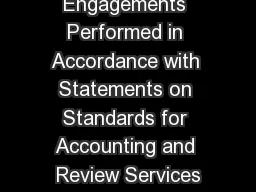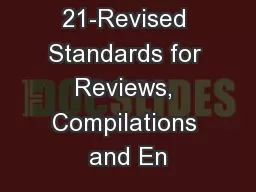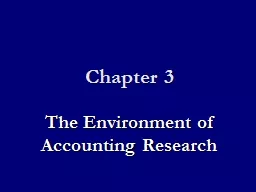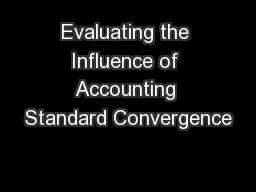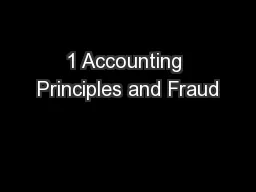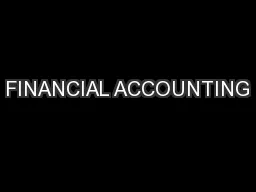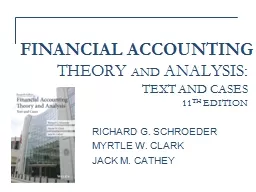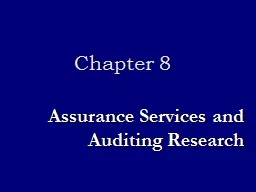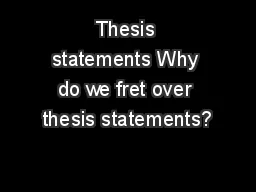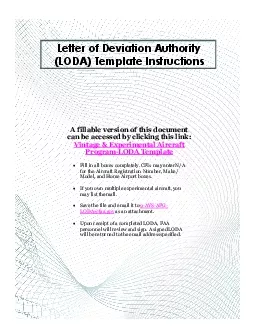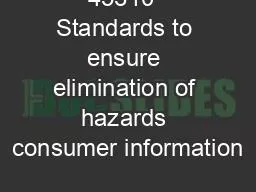PPT-Engagements Performed in Accordance with Statements on Standards for Accounting and Review
Author : sequest | Published Date : 2020-06-16
Presented by David LaRosa CPA CGMA CCIFP 1 David A LaRosa CPA CGMA CCIFP Shareholder Mayer Hoffman McCann PC Director CBIZ MHM LLC With over twenty years of
Presentation Embed Code
Download Presentation
Download Presentation The PPT/PDF document "Engagements Performed in Accordance with..." is the property of its rightful owner. Permission is granted to download and print the materials on this website for personal, non-commercial use only, and to display it on your personal computer provided you do not modify the materials and that you retain all copyright notices contained in the materials. By downloading content from our website, you accept the terms of this agreement.
Engagements Performed in Accordance with Statements on Standards for Accounting and Review: Transcript
Download Rules Of Document
"Engagements Performed in Accordance with Statements on Standards for Accounting and Review"The content belongs to its owner. You may download and print it for personal use, without modification, and keep all copyright notices. By downloading, you agree to these terms.
Related Documents

